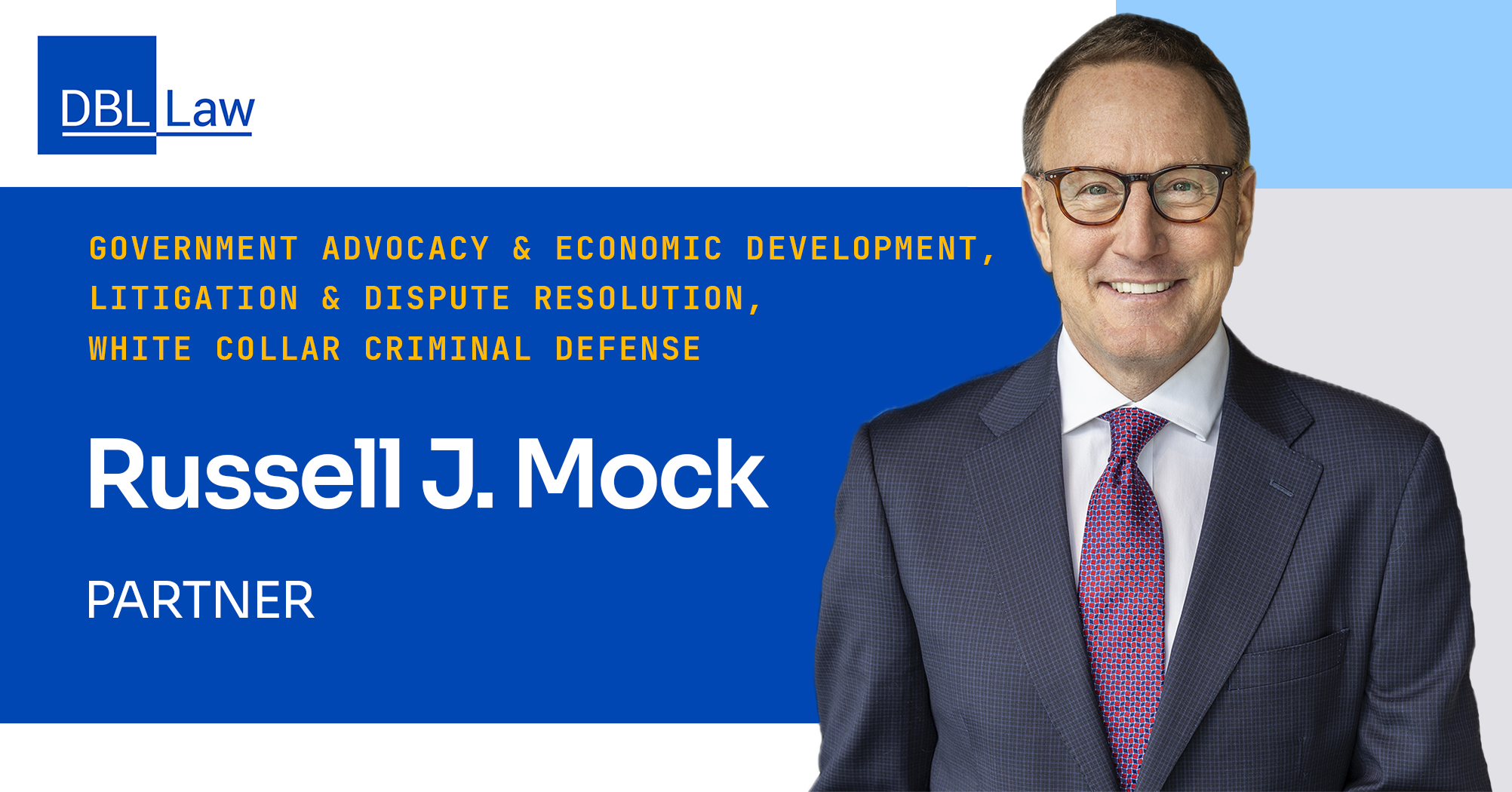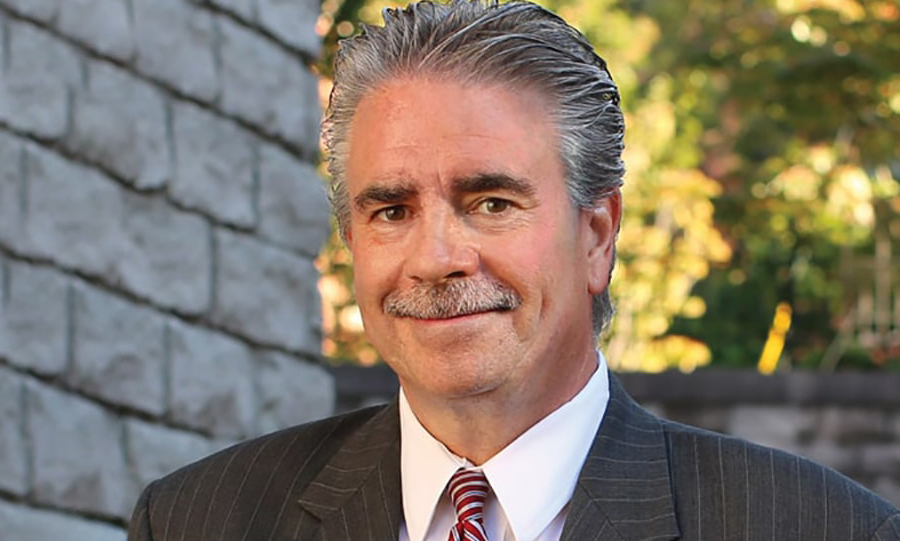The Department of Labor’s (“DOL”) Occupational Safety and Health Administration (“OSHA”) recently released guidance regarding the emergency temporary standard (“ETS”) to protect health care workers from the coronavirus. The OSHA standard focuses mainly on the health care field and establishes new requirements for employees including health care support services, skilled nursing homes, and home healthcare, and provides some exemptions for healthcare providers who screen out patients who may have COVID-19.
The ETS incorporates many of the evidence-based guidelines developed by the Centers for Disease Control and Prevention (CDC) and other agencies. Despite this fact, there has been some speculation as to the contradictory nature of the requirements of the ETS as it pertains to what the CDC guidelines require. The American Health Association (“AHA”) points out that the OSHA ETS may contradict or go beyond what the CDC recommends. The AHA expresses its concerns in hopes that OSHA will extend the implementation timeframe for comments including the unrealistically short compliance period, the significant costs, and resources without adequate rationale that the measures will impose on hospitals, and the failure of the ETS to take into account the high rate of vaccinations among health care employees. With all of that being said, the requirements of the ETS are effective, and all non-exempt employers are required to follow them or face penalties.
The standard was officially filed in the Office of the Federal Register on June 17, 2021 and became effective when it was published on June 21, 2021. Moreover, the guidance requires that employers have a plan implementing the requirements set forth in the regulations, and that plan was to be in place by July 6, 2021. In addition, employers must have training practices to teach employees what new standards and requirements will be, and these training practices must be in effect by July 21, 2021.
Employers Who are Required to Follow the Regulation and Those Who are Exempt
The standard will require non-exempt facilities to conduct a hazard assessment and have a written plan to mitigate virus spread. The ETS applies to hospitals, nursing homes, and ambulatory surgery centers. Doctor’s offices will be exempt if patients are screened prior to entry and those with or suspected of COVID are not permitted to enter. Exempt employers include those (1) who provide first aid but are not licensed health care providers, (2) who dispense prescriptions by pharmacists in retail settings, (3) who are non-hospital ambulatory care settings where all non-employees are screened prior to entry and people with suspected or confirmed COVID-19 are not permitted to enter, (4) who are well-defined hospital ambulatory care settings where all employees are fully vaccinated and all non-employees are screened prior to entry and people with suspected or confirmed COVID-19 are not permitted to enter, (5) who are home health care settings where people with suspected or confirmed COVID-19 are not present (6) who provide health care support services not performed in a health care setting (e.g., offsite laundry, off-site medical billing), or (7) who provide telehealth services performed outside of a setting where direct patient care occurs.
In addition to those exemptions, where there is no reasonable expectation that any person with suspected or confirmed COVID-19 will be present, the ETS exempts fully vaccinated workers from masking, distancing, and barrier requirements.
What Non-Exempt Employers Must Provide for in Their COVID-19 Plan
The ETS requires healthcare employers to provide a written plan (must be written if employer has more than 10 employees) to document and identify COVID-19 safety coordinators who will implement and monitor the plan. The plan is to include guidance for workplace-specific hazard assessment, policies to determine employees’ vaccination status to be in compliance with the well-defined area exception, processes to obtain non managerial employee input on the plan, processes for which the employer can monitor each workplace to ensure the effectiveness of the plan, and processes to address the hazards identified in the hazard assessment.
The ETS provides that patient screening and management must be directly monitored. Specifically, it requires the employer to limit and monitor points of entry to the settings. Meaning that at each point of entry, employers must require screening and triage of all clients, patients, residents, delivery people, and other visitors, and other non-employees entering the setting. Employers should also look to and follow the Standard and Transmission-Based Precautions in accordance with the CDC’s “Guidelines for Isolation Precautions.”
Personal Protective Equipment (“PPE”): Employers must require and provide facemasks. This is required at all times when an employee is indoors or when occupying a vehicle with other people for work purposes. The masks must be worn over the nose and mouth and must be changed at least once per day if they are soiled or damaged. There are some particular exceptions to the requirement.
Other PPE and respirators for exposure to people with suspected or confirmed COVID-19: When employees have exposure, the employers must provide gloves, an isolation gown or protective clothing, eye protection to each employee, and a respirator to each employee and ensure that it is provided and used in accordance with § 1910.134, as well as ensuring that all PPE is used in accordance with the guidance given in the regulation. Where there is limited supply of filtering facepiece respirators, the ETS allows for use of N95 respirators in accordance with the CDC’s “Strategies for Optimizing the Supply of N95 Respirators”.
Mini Respiratory Protection Program: For employees who are not exposed to suspected or confirmed sources of COVID-19, and therefore the use of a respirator is not required, but where respirator use could offer enhanced protection, the employee is allowed to use their own respirators provided that employers give the following notice:
“Respirators can be an effective method of protection against COVID-19 hazards when properly selected and worn. Respirator use is encouraged to provide an additional level of comfort and protection for workers even in circumstances that do not require a respirator to be used. However, if a respirator is used improperly or not kept clean, the respirator itself can become a hazard to the worker. If your employer allows you to provide and use your own respirator, you need to take certain precautions to be sure that the respirator itself does not present a hazard. You should do the following:
(1) Read and follow all instructions provided by the manufacturer on use, maintenance, cleaning and care, and warnings regarding the respirator’s limitations.
(2) Keep track of your respirator so that you do not mistakenly use someone else’s respirator.
(3) Do not wear your respirator where other workplace hazards (e.g., chemical exposures) require use of a respirator. In such cases, your employer must provide you with a respirator that is used in accordance with OSHA’s respiratory protection standard (29 CFR 1910.134). For more information about using a respirator, see OSHA’s respiratory protection safety and health topics page.”
For employers who provide respirators to employees who are not exposed to suspected or confirmed sources of COVID-19, the employer must ensure that each employee wearing a respirator receives training prior to first use and if they change the type of respirator they use. Further information on the training an employer must provide to that effect is described in § 1910.504(d)(1)-(4).
Aerosol generating procedures (“AGP”): When AGP is performed on a person with suspected or confirmed COVID-19, employers must limit the number of employees present during the procedure, ensure that it is performed in an existing airborne infection isolation room (if available), clean and disinfect surfaces and equipment in room, and provide respirators for each employee in the setting.
Physical distancing and barriers: Employers must ensure that employees are separated from all other people by at least six feet when indoors unless employer can demonstrate that such physical distance is not feasible for an activity (e.g., hands-on medical care). Where an employee is not separated from all other people by at least six feet, the employer must install cleanable or disposable solid barriers, except where the employer can demonstrate it is not feasible. These are not required in direct patient care areas or resident rooms.
Cleaning/Disinfection and Ventilation: High touch surfaces and equipment must be cleaned at least once-a day. The entire workplace must be cleaned and disinfected when a COVID-19 positive person has been present there within the last 24 hours. At least a 60% alcohol-based hand rub must be provided at all hand washing stations. The ETS also provides that an employer must also follow the specific procedures with regard to HVAC systems to ensure proper air circulations and that the systems are cleaned, maintained, and cleared of any debris that may affect the function of the systems.
How Non-Exempt Employers Must Handle Employees Who are Suspected or Confirmed COVID-19 Positive
Employers must ensure that employees are effectively screened before each workday and each shift. If an employee is COVID-19 positive, has been told by a licensed care provider that they are suspected to have COVID-19, is experiencing loss of taste and/or smell with no other explanation, or is experiencing both fever (≥100.4º F) and new unexplained cough associated with shortness of breath, employers must require that employee to promptly notify them.
When an employer is notified of any of the above, within 24 hours, the employer must (1) notify each employee who was not wearing a respirator and any other required PPE and has been in close contact with that person in the workplace, with a statement to that effect, (2) notify all other employees who were not wearing a respirator and any other required PPE and worked in a well-defined portion of a workplace (e.g., a particular floor) in which that person was present during the potential transmission period (including date(s)), and (3) notify other employers whose employees were not wearing respirators and any other required PPE and have been in close contact with that person, or worked in a well-defined portion of a workplace in which that person was present, during the potential transmission period (including date(s)). The notifications may not include any employee’s name, contact information or occupation.
If any of the above criteria is met regarding potential or confirmed COVID-19 in an employee, the employer must immediately remove the employee and either (1) keep the employee removed until they meet the return-to-work criteria more thoroughly described in the regulations in accordance with guidance from a licensed healthcare provider or CDC’s “Isolation Guidance” and “Return to Work Healthcare Guidance”, or (2) keep the employee removed and provide a COVID-19 polymerase chain reaction (PCR) test at no cost to the employee.
If the employee tests negative, they may return to work immediately. If the test results are positive, the employer must keep the employee removed until they meet the return-to-work criteria. If the employee refuses to take the test, the employer must continue to keep the employee removed from the workplace, but the employer is not obligated to provide medical removal protection benefits.
If an employee must be notified about close contact in the workplace to a person who is COVID-19 positive, the employer must immediately remove the employee and either (1) keep the employee removed for 14 days, or (2) keep the employee removed and provide a COVID-19 test at least five days after the exposure at no cost to the employee. If the results are negative the employee may return to work immediately. If the results are positive, the employer must immediately remove that employee and keep the employee removed until they meet the return-to-work criteria. If the employee refuses to take the test, the employer must continue to keep the employee removed from the workplace for 14 days, but the employer is not obligated to provide medical removal protection benefits. In either case of removal, an employer may be required to allow the employee to work remotely or in isolation if suitable work is available.
Employers are not required to remove any employee who would otherwise be required to be removed due to a close contact in the workplace to a person who is COVID-19 positive if the employee does not experience COVID-19 symptoms and has been fully vaccinated against COVID-19 or had COVID-19 and recovered within the past three months.
Medical Removal Protection Benefits: An employee who continues to work remotely or in isolation instead of being removed for the above stated reasons, must continue to be paid by the employer at the same regular pay until they meet the return-to-work criteria referenced above.
Paid Time: The ETS also requires employers to provide workers with paid time off to get vaccinated and to recover from any side effects, or for the time taken off after testing positive for COVID-19.
Employers with ten or fewer employees must continue to provide the benefits to which the employee is normally entitled and must also pay them the same regular pay, up to $1,400 per week, until they meet the return-to-work criteria referenced above.
Employers with fewer than 500 employees must pay the employee up to the $1,400 cap. However, beginning in the third week of an employee’s removal, the amount is reduced to only two-thirds of the same regular pay the employee would have received had the employee not been absent from work, up to $200 per day ($1,000 per week in most cases).
Therefore, any employer with greater than 500 employees must provide pay for COVID leave. However, employers may utilize paid time off, vacation or sick leave banks.
Whenever an employee returns to the workplace after a COVID-19-related workplace removal, they must not be subject to any adverse action (“retaliation”) as a result of that removal. Finally, decisions on allowing employees to return to work should be in accordance with guidance from a licensed health care provider or CDC’s “Isolation Guidance” and CDC’s “Return to Work Healthcare Guidance” and “Strategies to Mitigate Healthcare Personnel Staffing Shortages” while bearing in mind still that eliminating quarantine for certain health care workers, but only as a last resort, be allowed only if the workers’ absence would mean there are no longer enough staff to provide safe patient care.
Record Keeping: The ETS provides very specific record keeping requirements that are dependent on the number of employees an employer has.
Employer with ten or fewer employees are not required to comply with the following record keeping guidelines.
Employers with more than ten employees must retain all versions of the COVID-19 plan implemented to comply with the ETS. They must establish and maintain a COVID-19 log to record each instance identified by the employer in which an employee is COVID-19-positive, regardless of whether the instance is connected to exposure to COVID-19 at work. The log must contain, the employee’s name, one form of contact information, occupation, location where the employee worked, the date of the employee’s last day at the workplace, the date of the positive test for, or diagnosis of, COVID-19, and the date the employee first had one or more COVID-19 symptoms, if any were experienced. The information in the log must be recorded within 24 hours of the employer learning that the employee is COVID-19 positive and must be maintained as though it is a confidential medical record and must not be disclosed except as required by this ETS or other federal law. Finally, the log must be maintained and preserved while the ETS remains in effect. Requests for the log must be provided by the end of the next business day for examination and copying.
Note: The COVID-19 log does not have any effect on the employers’ duties to maintain OSHA forms 300, 300A, and 301, or the equivalent which require record keeping of all work-related cases of COVID-19 if the employer is required to do so under 29 CFR part 1904. In addition, employers are required by the ETS to report to OSHA each work-related COVID-19 fatality within hours of learning about it and each work-related COVID-19 inpatient hospitalization within 24 hours of learning about it.
How Employers Can Train Employees to Comply with OSHA’s ETS
Employers should provide training including but not limited to the following topics: COVID-19, including how the disease is transmitted (including pre-symptomatic and asymptomatic transmission), the importance of hand hygiene to reduce the risk of spreading COVID-19 infections, ways to reduce the risk of spreading COVID-19 through the proper covering of the nose and mouth, the signs and symptoms of the disease, risk factors for severe illness, when to seek medical attention, and employer-specific policies and procedures on patient screening and management (additional topics are provided in 29 CFR 1910 (n)(1)(i-xii).
Failure to Comply and Penalties for Violations
OSHA enforces its regulations and standards by conducting inspections based on priority. Penalty amounts as defined by the Department of Labor in 2021 are $13,653 per violation for serious, other-than-serious, and posting requirements violations, $13,653 per day for failure to abate, and $136,532 per violation for willful or repeated violations.




